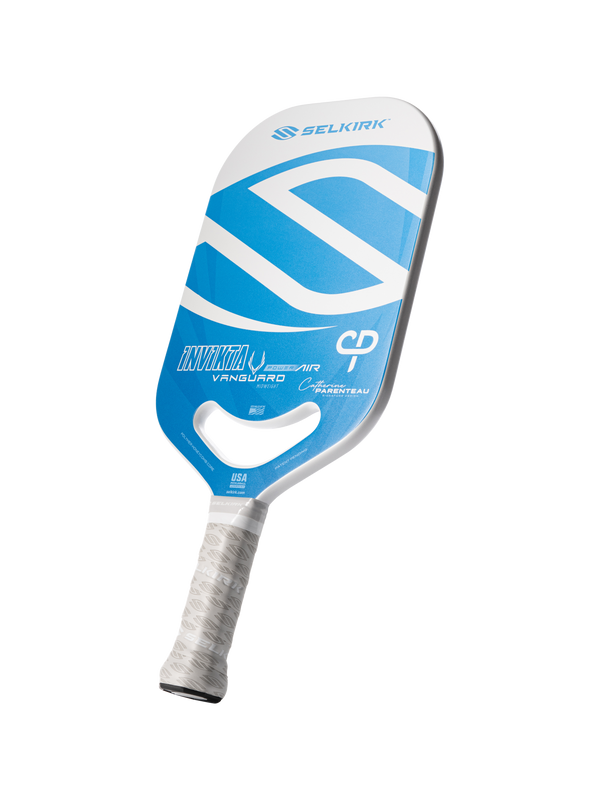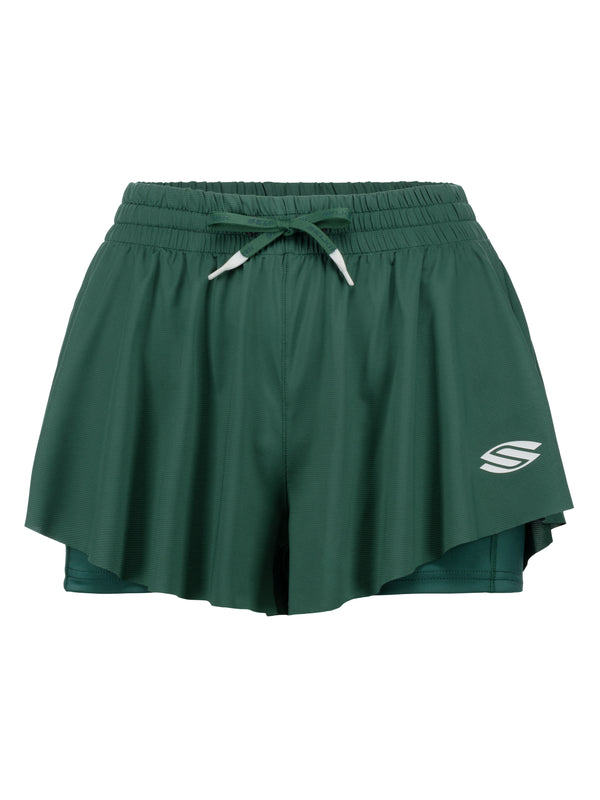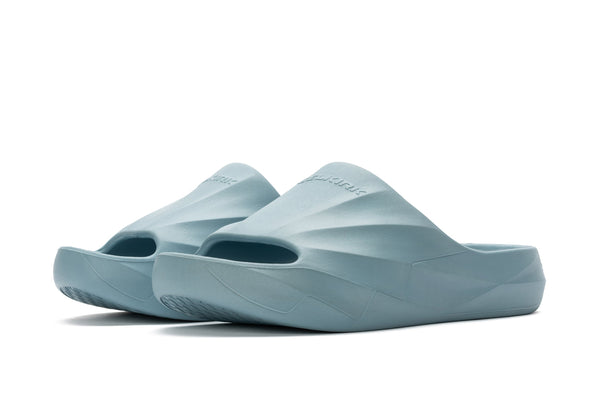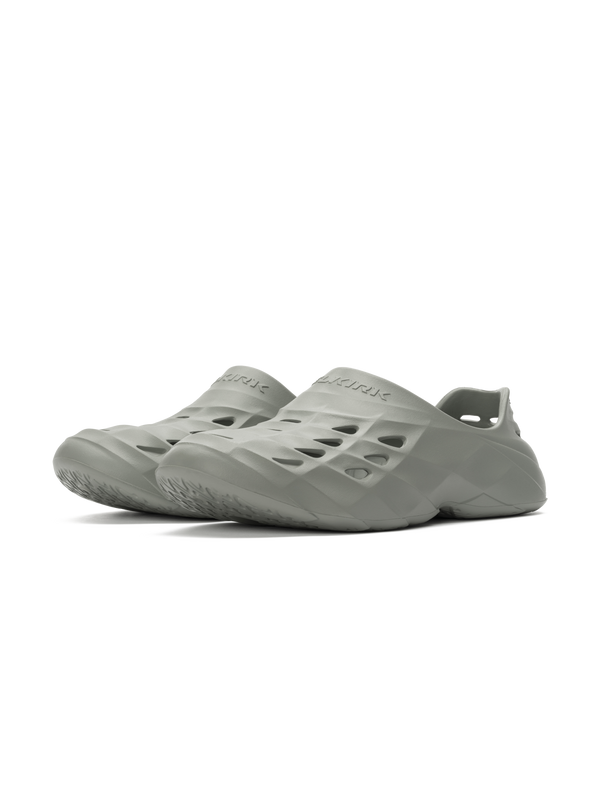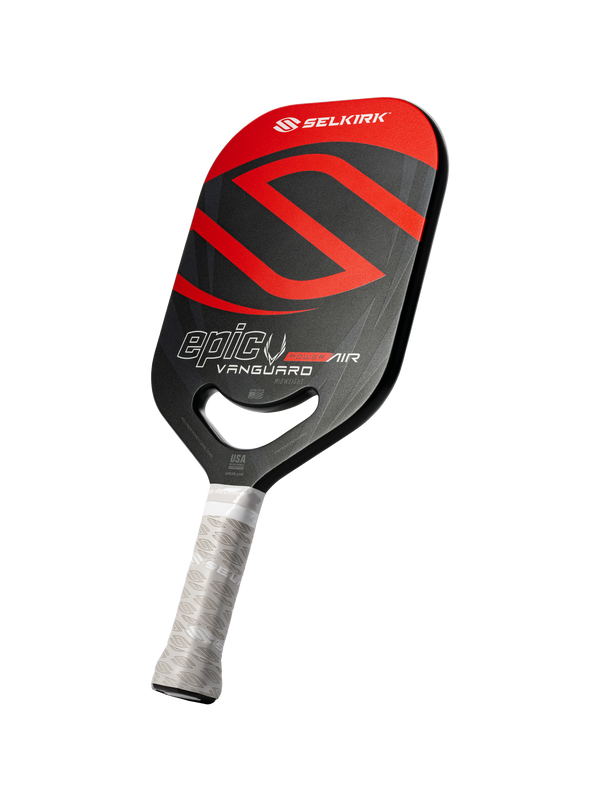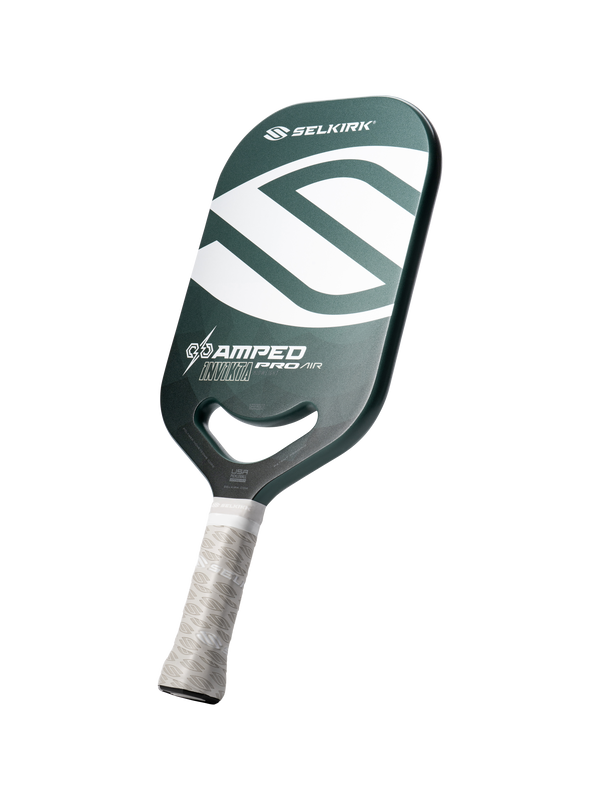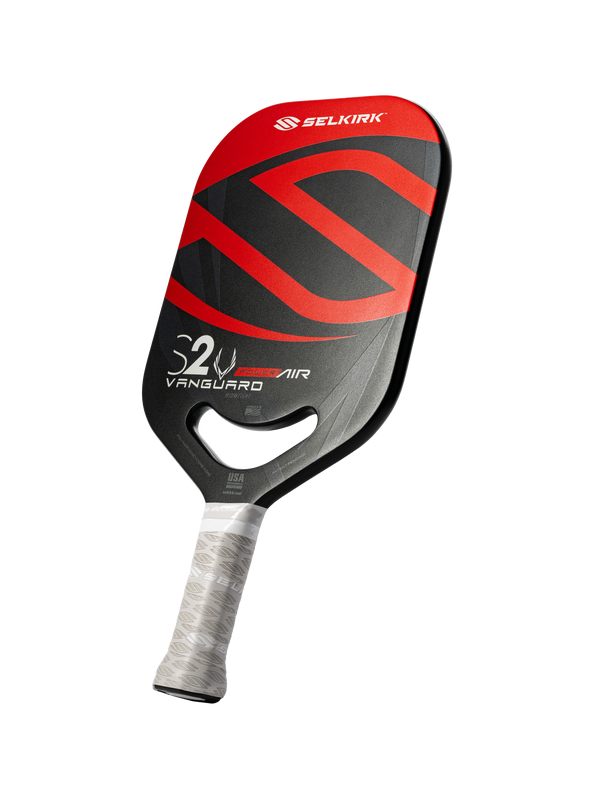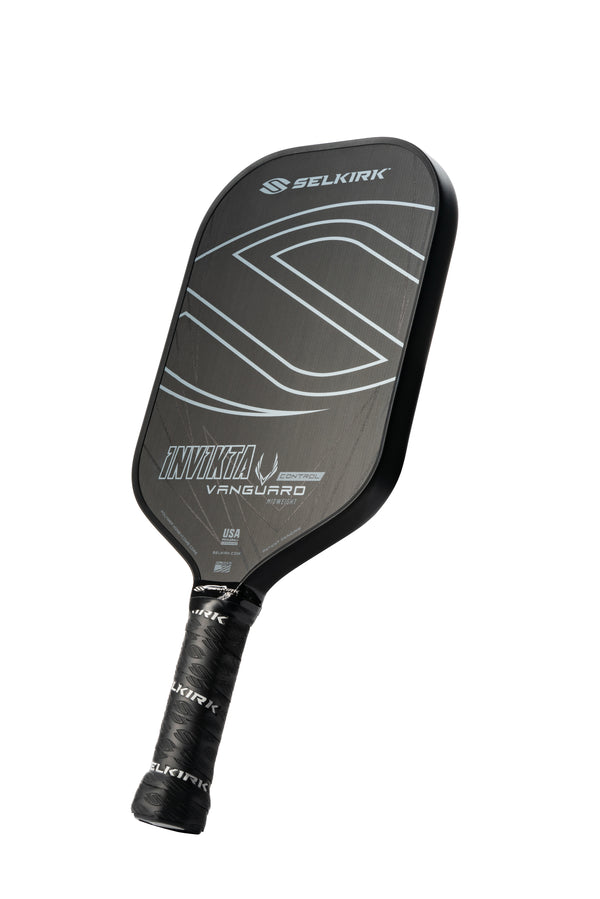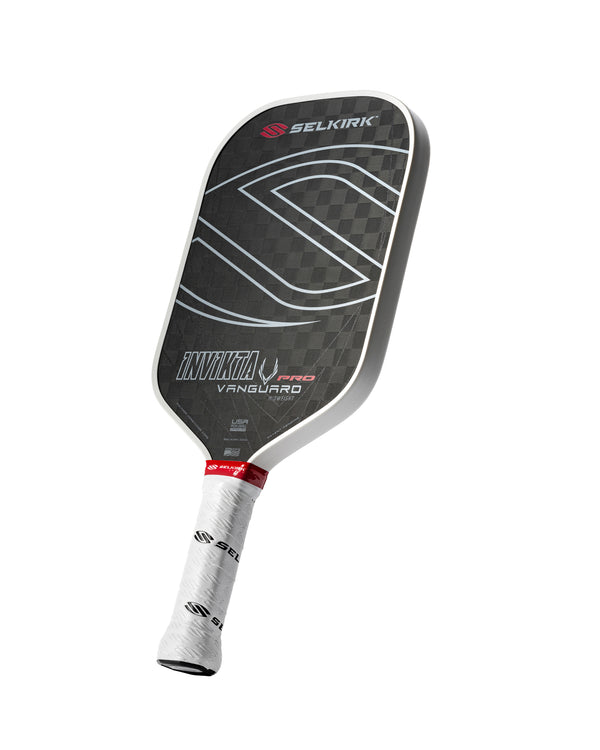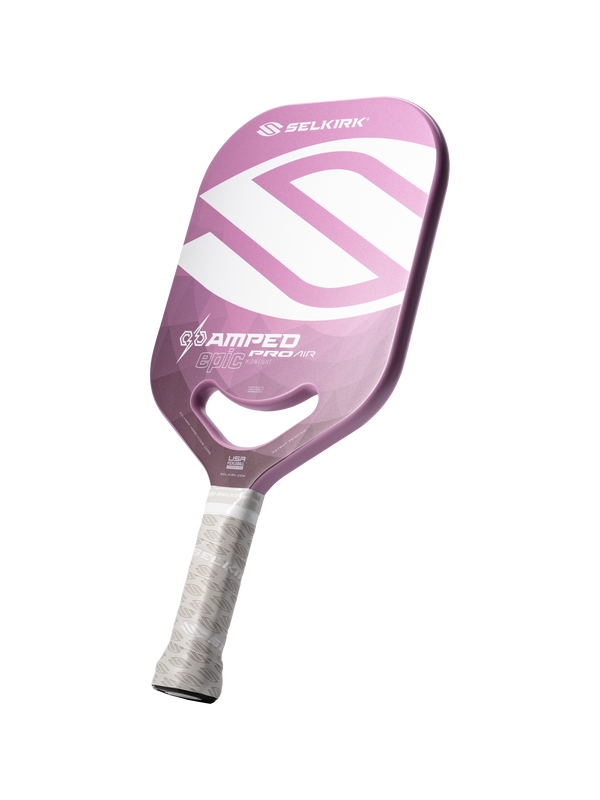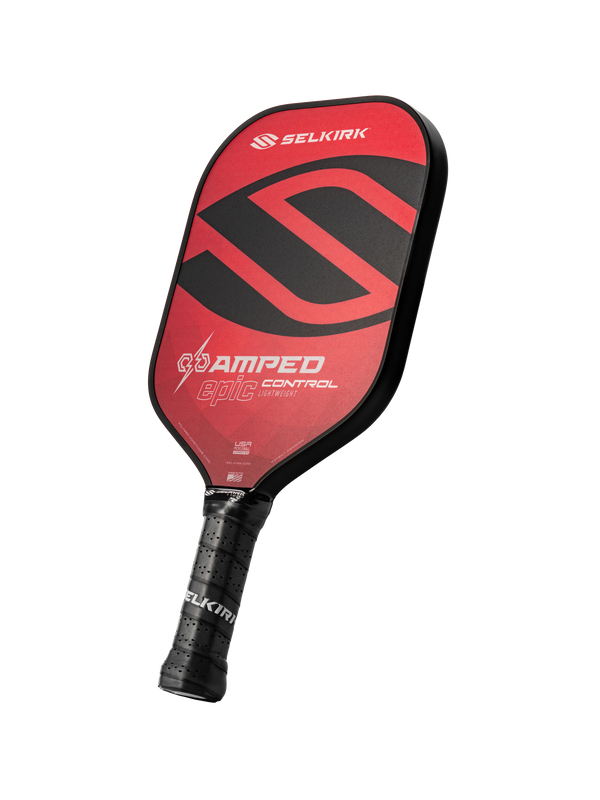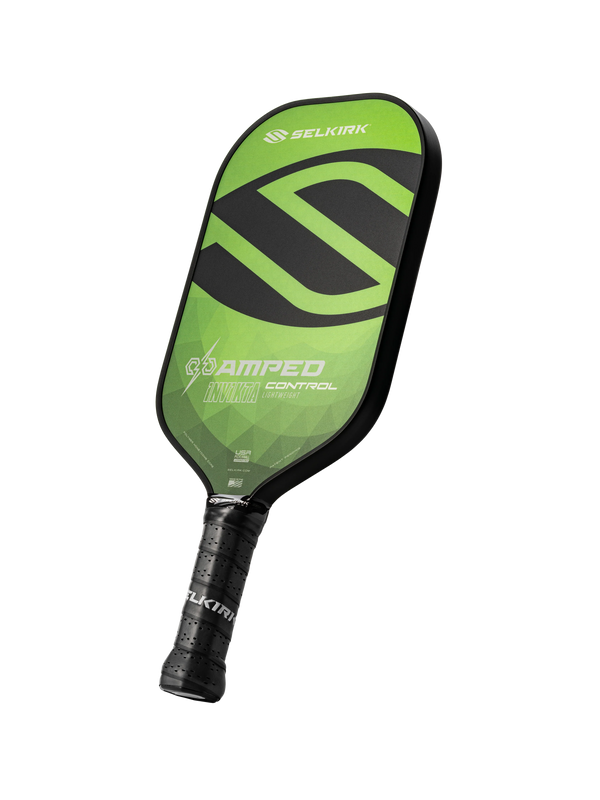By: Christopher Amidzich
Most beginning pickleball players start by banging the ball back-and-forth and generally come to dinking by accident. You will even hear new players complain about the game slowing down at the net. They don’t understand what dinking is about; therefore, initially, do not put the necessary emphasis on the development of this part of their game.
Just to make sure we are all on the same page, dinking is a neutral state. It happens as players on defense work to transition to offense, and it an absolutely critical part of a successful pickleball game. To make sure you are making the most of this important shot, lets explore the six essential components of changing your game through consistent, successful, dinking.
Shoulder Not Wrists
To be a successful dink player, the most important hinge in your mechanics is your shoulder, not your wrists. The most common error in dinking is a player trying to finesse the shot with their wrist and not their shoulder. Here is the problem with that approach. If you do not keep your wrist straight, you are hitting the dink with two hinges, your wrist and your shoulder, not one. This leads to an increase chance of a mechanical breakdown and a poor dink. Keep those wrists tight and let the shoulder be your guide.
Angles
The first thing to keep in mind is working cross court provides for a better angle and a larger margin of error. The proper dink requires just the right amount of touch. If you are not able to comfortably take a light touch dink straight toward your opponent, then the best idea is to work cross court. In doing so, you have more room to work and are less likely to make a costly mistake. Then, as you work the angled dink, you can patiently wait for the moment you are in a comfortable position to dink in a more challenging manner to your opponent. Success requires proper positioning and timing. Knowing what angles to take and when to take them is a key component to being a consistent, offense creating, dink player.
Porter Barr Shows us several tips for CROSS COURT DINKING in this educational video:
Proper Footwork
No matter what angle you are going to take, you must be in the proper position to be consistent with your dinking. This requires sliding your feet to get yourself in the right sport to take a high percentage shot. Too many times, players fail to slide their feet to the returned ball and reach to make the shot. In doing so, both the options for dink angle and successful execution go down. Slide those feet! By sliding your feet to the ball, you will open higher percentage dinks, taking better angles and leveraging more touch.
Susannah Barr Shows us some dinking drills to improve your footwork here:
Air vs. Bounce
You and your opponent are in a dink battle. You are both getting in good dinks, but in the process, you face several shots that are close enough to take out of the air or off a bounce. The challenge can be knowing when to take it out of the air and when to let it bounce.
Knowing the right approach in this scenario is hard to describe and does require some playing experimentation. The keys to remember here are that you do not want to reach so far into the non-volley zone to take the ball out of the air that you lose control and pop the ball up for your opponent. Doing so will result in your opponent smashing it right back at you. Conversely, you do not want to fear taking it out of the air so much you leave yourself a short hop to try and delicately flip the ball back over the net. Failure on this shot typically results in hitting the net. Generally, you also do not want to back up and give up ground to take all shots on a bounce, as this leaves your opponent better angles of attack. Learning what good looks like on this shot will require you to practice. Drill your dinking game. In doing so, you will get the feel for when to take a shot out of the air and when to let it bounce.
Learn more about how to take the ball out of the air here:
Positioning of Opponent
A key consideration on where you want to go with your dink will be dictated by the position of your opponent, but this is only a consideration after making sure the fundamentals of angles, footwork, air vs. bounce, are all considered. It should go without saying that in an ideal world you would like to give your opponent a difficult shot. The best way to do that is to force them out of a good playing position. When circumstances are right, this is something you want to take advantage of as you hit your dink. Hitting to their backhand or taking advantage of additional real estate on the court because they are out of position is always a good idea, but only if you can hit to the location with a high success probability. If you don’t have the shot, no matter what position your opponent is in, you must live to fight another day.
Attacking
Wait for it! An extremely controllable mistake that players make when dinking is they simply are not patient enough. Often, the player that exhibits the most patience at the net will be the player that comes out ahead in the point. When in a dink battle, it is a battle of wills as much as it is a battle of technique. Approach the battle with the mindset that you will go cross court all day if that is what your opponent wants to do. Then, sit back and wait. Wait for what you ask? A mistake. Wait for your opponent to make just a little error and give you a shot that is net high or higher. Then, when that happens, you pounce! Discipline and patience are key. Using a good overall approach and technique, combined with the patience to wait out your opponent, will result in the moment where you can be aggressive and attack. This will lead to a higher percentage of wins at the net, as well as games as matches overall.
Pro Pickleball Coach Mark Renneson Shows us WHEN to attack in this video:




